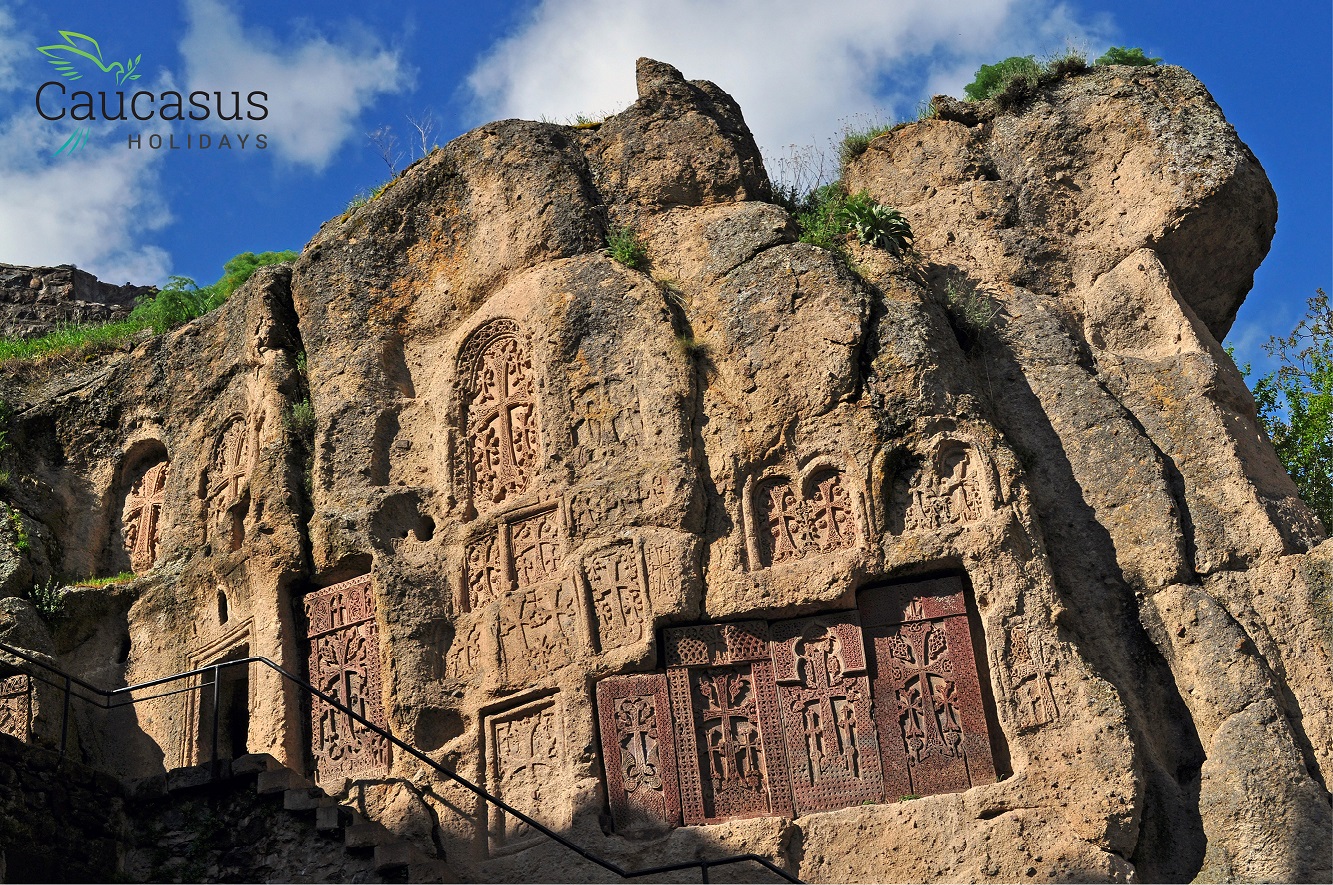Travel Blog
There are a number of symbols that represent Armenia’s rich culture and one of them, called khachkar, is absolutely unique. Khachkar means cross-stone, if translated literally - khach means cross and kar means stone.
So, how did it evolve and what is so special about khachkars anyway?
How Did Khachkar Evolve in History?
Initially, khachkars were carved in a memory of someone and worshiped for religious purposes. The first khachkars appeared in the 4th century since Armenia had just adopted Christianity as an official religion. Initially, the crosses were carved on wood in order to mark the spots that monasteries and churches were going to be built, instead of pagan altars. But since wood was not at all durable, in the following centuries they were replaced by stones.
The first real khachkars are believed to have been created in the 9th century. Each of these khachkars were either marking new church to be built, or were a symbol of worship to God, or to mark a victory of some sort.
Later, khachkars also became used for purposes of grief - commemorating someone’s memory in case of their loss. To this day, it is very common to see khachkars in Armenia’s graveyards. On the contrary, many people even build khachkars and have it put in public. These khachkars celebrate the person’s life.
What Does Khachkar Look Like?
On the first glance, khachkars may look very similar, to a foreign eye, even the same. In reality, no two khachkars are the same. Each of their carvings is one of a kind. Khachkars are usually 1.5 meters tall and the carvings can have thousands of different patterns. Many khachkars include symbols of eternity, the sun or saints. Some khachkars are carved with Jesus in the center and some are done as a lacework.
The material for khachkars usually include stone, chisel, sharp hammers and other carving tools. Watching the process of carving the khachkar is truly mesmerizing.
What is So Special about Them Anyway?
UNESCO has recognized khachkar as an Intangible Cultural Heritage of Humanity. It is estimated that there are about 40-50000 khachkars in Armenia. They have been part of Armenia’s history to celebrate victories, to grieve, or to communicate with the eternal world.
Once the khachkar is finished, there is a small religious gathering. The khachkar is blessed and is believed to have powers that can work towards the soul’s salvation. There is a tradition to transfer the knowledge of khachkar carving to generations in families and each of them serve different purposes for the person who carves it.
Khachkars are one of Armenia’s core symbols and it is almost impossible to not notice them wherever you are in the country.
Curious to see them and discover the heritage? Book your trip with Caucasus Holidays now!


